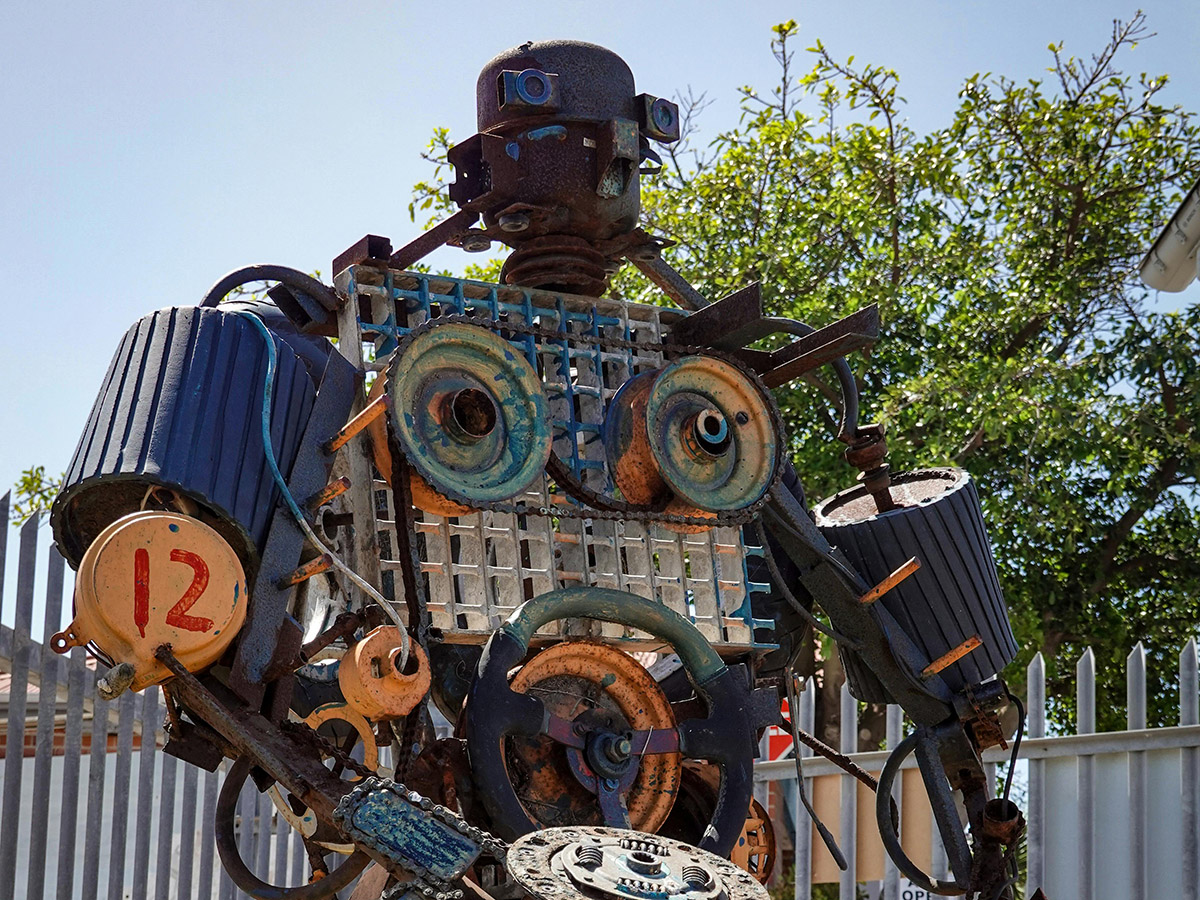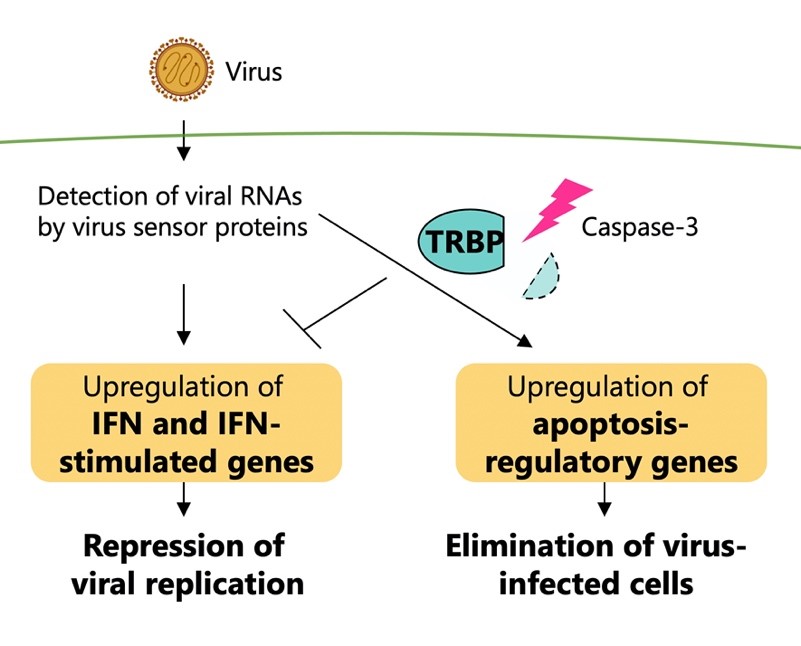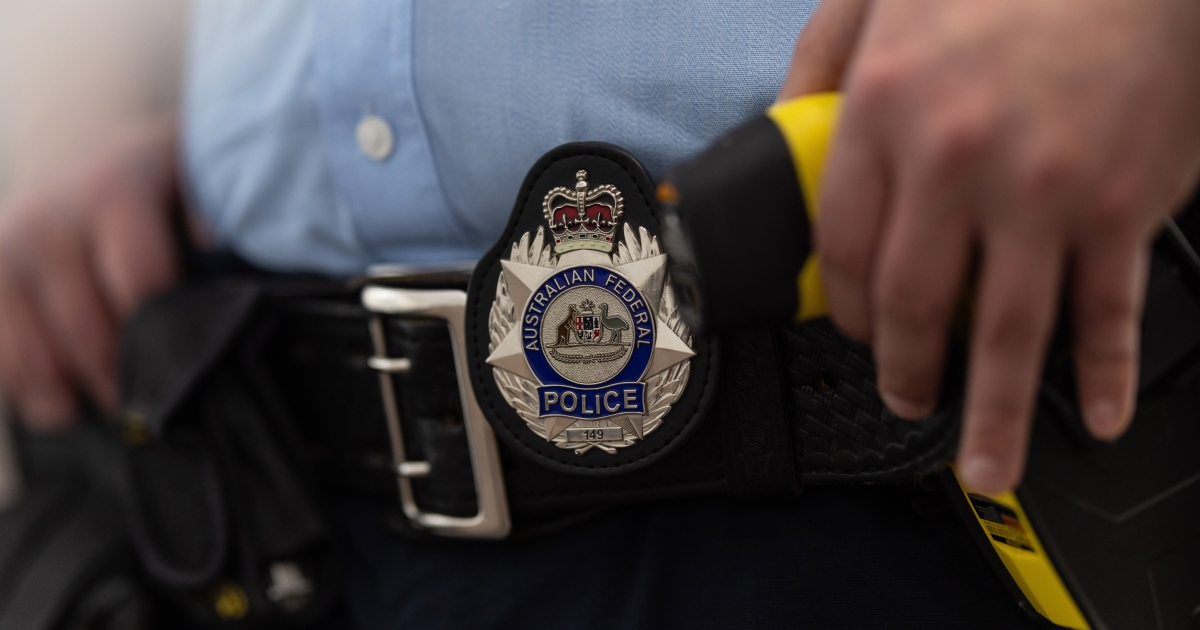Join me in welcoming Minister Hunt for the keynote address tonight.
GREG HUNT:
And thanks very much to the amazing Nadia Levin, to you, to Sir Gustav Nossal and Gus, I don’t think anybody has ever questioned the issue of whether you’re smart.
I think that falls into the category of understatement. But on the casual dress front, I think you and I are birds of a feather.
To Chris Chapman and Peter Wills and all of the board at Research Australia, to my Parliamentary colleagues, to Frank McGuire at the state level, to Chris Bowen, to Bridget Forlans, to Professor Katie Allen. And to have a professor of medical research come into the Parliament is something that’s just a great joy.
And as a number of people have said to me – they’ll look at me, they’ll look at Katie, and they’ll say it’s always good to have a succession plan, isn’t it?
And to have somebody of her calibre join and represent the Parliament, but to be able to speak with inside knowledge of the challenges and the joys and the aspirations of our medical research community is genuinely your loss but our gain.
To all of you who are here today, and Gus and Kathryn and I – Kathryn North and myself and Peter Wills were talking about the collective noun for this group of researchers. And I think we settled on a galaxy, and in a way it really is a galaxy of researchers.
But on the way in, I met a youngish researcher from the University of Melbourne School of Medicine, Arjun. Where are you Arjun? Can you wave – wave to me? And Arjun is an emerging expert in anti-microbial resistance.
Somebody who’s given up what could undoubtedly be an incredibly lucrative career in the private sector to focus through the university on a great global challenge, a challenge which is literally born of the success of medical research but which because of the way in which we are able to provide anti-microbial support, saving lives, protecting lives around the world, begets its own challenge.
And so each success brings with it a challenge for the next generation and the next generation, to quote one of Sir Gus’s contemporaries, Sir Zelman Cowen, it’s all about the next thing and the next thing and the next thing.
And so against that background – I saw Professor Michelle Haber as well on the way in. Not long ago, Michelle and Professor Tracey O’Brien came to see me and I asked about – we were talking about the Zero Childhood Cancer Program, one of the applied research programs which we’ve been able to support in a small way.
And it takes the genomic sequencing of a cancer tumour for patients with – adolescent and childhood patients with cancers that have a notional – less than 30 per cent survival rate and determines whether or not there’s a genetic cause and therefore there’s something which can be applied, repurposed which might not previously have been suggested.
There’s – they told me the story and I phoned the father of a young girl, Caylee, and his name was Josh and he put Caylee on. Caylee is a young woman, 14 years of age – same age as my daughter – who has a metastatic neuroblastoma. And so she fell into the category of people who would have less than a 30 per cent survival rate.
And my understanding is that there had been over 20 tumour spots, and so as a last roll of the dice she was sequenced through the Zero Childhood Cancer Program.
They found a genetic mutation. They found what they thought might be a drug which could be applied to her, but it was a repurposed recently emerged lung cancer medicine.
And that medicine has not, to the best of anybody’s knowledge, been tried in this type of metastatic neuroblastoma.
Anyway, 17 days after Caylee was given this medicine whilst she was in a pre-palliative phase, she returned to school.
And if you want to know why you do your job, it’s because her story or the story of Violet that I met with the Victorian Minister for Health, Jenny Mikakos, at the amazing Royal Children’s Hospital.
Violet, who had been through acute lymphoblastic leukaemia, and again, had been in the later stages and her parents had been asked to prepare for a palliative phase. And she’d been given CAR-T therapy and, again, she was declared free – free – of the ALL.
Caylee still has more to go, but if you want to understand why we do what we do but most importantly, why you do what you do and why the country looks on in awe, it’s because these lives are with us because of your work, and work that we were able to do with the Victorian Government.
And Frank, I want to acknowledge this. We struck an agreement with Victoria after MSAC approved the listing of CAR-T therapy. So the new cellular immunotherapy for adolescent ALL based on Violet’s experience overseas under the Medical Treatment Overseas Program and so many others.
We got that done on the last day before we went into the election and together we got the agreement that it would work in Victoria.
And if we’d waited six months, something would have happened: six kids who in that first six months were given that treatment are all now on a pathway to recovery.
We don’t know whether all will be successful, but at this stage, there are six beautiful children who are here because of that and all are considered more likely than not to have ultimately a successful outcome.
So these are the human stories of what you do and these are the reasons why we support medical research because people of any age, with any circumstance, in any condition can benefit from it.
And to think of the tradition that you represent in this room, a tradition which has gone through the last 100 years and more of Howard Florey, Sir Macfarlane Burnet, Sir Gustav Nossal, and their incredible work.
And then more recently, Fiona Stanley, Fiona Wood, Elizabeth Blackburn, and then in the contemporary world, Melissa Little, Kathryn North. We have the work of David Vo or Ian Frazer and so many others.
And the outcomes, whether it was the ability to reproduce and make available on a global scale penicillin; the work in immunology of the amazing Walter and Eliza Hall Institute and so many others who have played that role; the work in bringing Gardasil, not just to young Australian women, but to young women around the world. Gardasil 9 will help save countless lives and has put Australia, including our screening programs, on a path to being the first nation in the world to effectively eradicate death from cervical cancer.
There’s a long way to travel. But the belief and the expectation of Ian Frazer and Doug Hilton and so many others is that we will get there in our lifespan and on our watch, and we will lead the world and change the world because of your research.
That matters. And then to see the work that is coming through, whether it’s Nanosonics and what they are bringing to the world with regards to sterilization equipment which will lead to fewer in-hospital complications and more lives being save and fewer people suffering from in-hospital infections; whether it is cochlear and the bionic ear; or the next wave of new research, which is coming through in names yet unknown, which we hope to support through the Biomedical Translation Program or other programs.
So, against that background, Research Australia, Nadia does an incredible job in representing the scientific community, the medical research community, in saying that we can be global leaders.
And what you have done in helping to pull together the Frontier Science Program which will see, we believe, miniaturized mobile stroke units available across Melbourne and Victoria and ultimately Australia.
But as a gift to the world which will mean that in those first critical hours, people we will have access to diagnosis and therefore treatment which will make the difference as to whether or not their lives are saved and whether or not they have functional futures. And what an extraordinary gift.
But then going forwards, we know what you bring in terms of jobs: 70,000 jobs, 26,500 for researchers, $6.5 billion for exports, but we’d seek to triple that over the course of the next decade.
And then what we do is to partner with you through the National Health and Medical Research Council, the Biomedical Translation Fund and the Medical Research Future Fund.
Just to focus on the MRFF for a moment, I can announce tonight that the MRFF capital has now reached just over $17 billion and in the next budget we will provision to fully reach $20 billion within the next 12 months.
You designed this program, you argued for this program and together we’ve been able to deliver this program, and in conjunction with Chris for example, we can guarantee that this fund will outlive all of us, that it will be there as a fund in perpetuity, protected from any one government, available for all.
Tonight, I want to make a very important announcement. Within the four themes of the Medical Research Future Fund, patients, rare cancers and rare diseases, the work in terms of frontier science and supporting researches and clinical fellowships, the translation of ideas into reality and commercialization and the great missions.
Tomorrow we will be opening the next round for the rare cancers, rare diseases program. That round will be a $45 million investment, the largest investment in clinical trials in any single round in Australian history.
And what that means is that we will include our – $30 million of that as an open call and $15 million will be focused on ovarian cancer and reproductive cancers.
And this will be a chance to give women real hope where otherwise they may not have had that opportunity.
So many of you have played your role, so many of you have argued for this, but now it’s up to you to have a great night tonight. But hit your keyboards tomorrow morning. There’s no rest for the wicked.
And then lastly, I want to acknowledge what each of you do.
Ultimately, you save lives and you protect lives. Together we’ve helped establish this framework which is part of a $5 billion, 10-year plan, so as you can see exactly what we’re doing.
Only yesterday, with Kathryn North and with Tiffany, we were working on the genomic research 10-year plan and that will create opportunities and foundations which were hitherto unimaginable.
And our goal and our commitment over the course of this decade is to make available for the entire Australian population, what we were able to do for Caylee.
Genomic sequencing and standard of care will give every Australian the chance to have the best possible diagnosis and the best possible personal treatment.
I thank you, I honour you, and have a fantastic evening.








